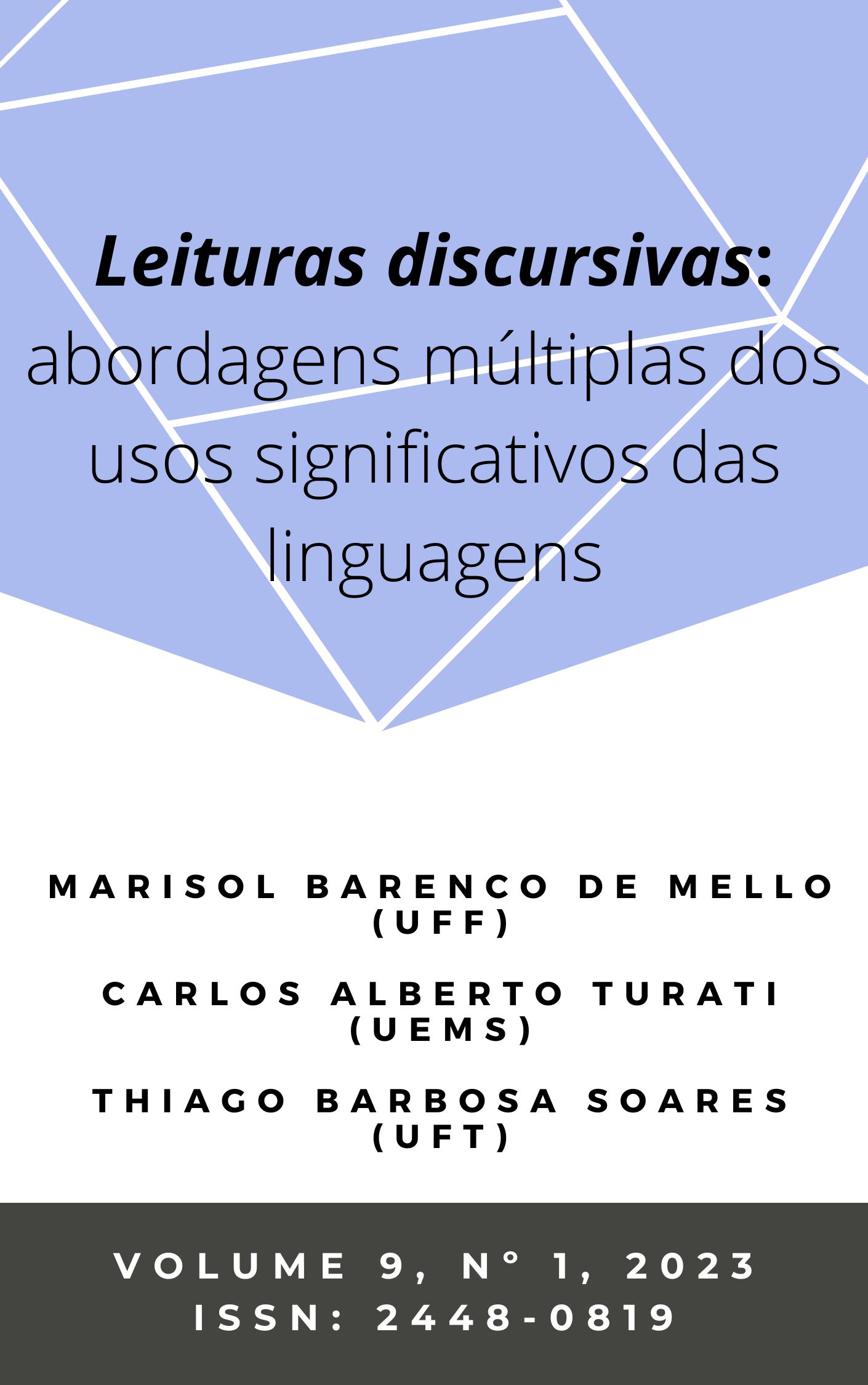PLACAS INFORMATIVAS DE ADVERTÊNCIA COM O CÃO BRAVO
AVISO DE INSEGURANÇA
Abstract
The objective of this study was to highlight a discourse about the guard dog in Brazil and to understand how this discourse constitutes the subject's identification with one or another race, determining preferences and relationships. For this purpose, we selected as a corpus of analysis a set of statements that are typified as a discursive genre warning sign and that thematize the presence of a wild dog in the place or property where the sign is fixed. Supported by the concepts of conditions of discursive production and interdiscourse, in order to recover formation elements of the analyzed discursive process, we searched in historiographic data for some records that symbolize the relationship with the guard dog in classical culture and in Brazilian history. After that, we analyzed the meaning effects produced in warning signs with the angry dog, observing the enunciative-discursive production conditions, discursive genre elements, memory effects, paraphrastic and interdiscursive relations. As a result of the analysis, we identified that the warning signs not only materialize a discourse about the guard dog in Brazil, but also the relationship with a discursive network that talks about violence and insecurity as a consequence of the failure of the security state. The discourse about the guard dog converges with the armaments discourse of civil society, so that, in part, the preference, currently, for the potentially more dangerous dog breeds is understood.
References
É mestre e doutor em Linguística pela Universidade Federal de São Carlos – UFSCar. É professor adjunto da Universidade Estadual do Mato Grosso do Sul – UEMS.
Downloads
Published
How to Cite
Issue
Section
License
Os autores concordam com os termos da Declaração de Direito Autoral, que se aplicará a esta submissão caso seja publicada nesta revista (comentários ao editor podem ser incluídos a seguir).

